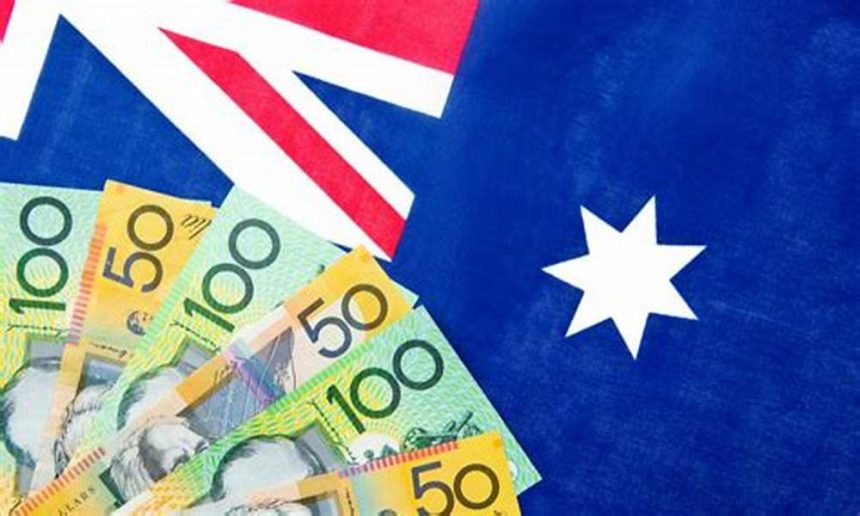AUDUSD falls further from a three-week high, pushed by continued USD buying.
The AUDUSD pair extends the previous day’s steep retracement decline. From levels well above the 0.6500 psychological barrier. Or a nearly three-week high, and continues to lose ground during Thursday’s Asian session. The negative trend brings spot prices to the lower end of the weekly range. Around 0.6420-0.6415, and is fueled by continuous US Dollar (USD) purchasing.
The Fed’s hawkish view continues to support increasing US bond rates and the currency.
In reality, the USD Index (DXY), which monitors the value of the US dollar. The dollar is approaching a six-month high versus a basket of currencies. And is strongly supported by the Federal Reserve’s (Fed) hawkish stance. The US Federal Reserve chose to hold interest rates steady at the end of a two-day monetary policy meeting on Wednesday, as expected.
However, the Fed left the door open for another 25 basis point increase in 2023. And kept its prediction for rates to peak at 5.5% to 5.75% by the end of this year. Furthermore, officials now expect the benchmark rate to reach 5.1% next year. Implying just two rate decreases in 2024, down from four originally forecast.
A lower risk tone also helps to drive flows away from the risky AUDUSD.
This supports the higher-for-longer narrative, causing the yield on the rate sensitive two year US government bond to rise to 2.5%.This is a 17-year high. Furthermore, the benchmark 10-year yield has risen to its highest level. Since late 2007, supporting the safe-haven buck. And imposing extra pressure on the risk sensitive Australian Dollar (AUDUSD).
Aside from that, China’s cautious attitude to providing more stimulus measures. As well as thoughts that the Reserve Bank of Australia (RBA) may have reached the end of its rate-hiking cycle. Contribute to the offered tone around the AUDUSD pair. As a result, the path of least resistance for spot prices is to the negative.
Even from a technical standpoint, the creation of a bearish flag pattern. On short-term charts reinforces the AUDUSD pair’s gloomy outlook. However, it will be advisable to wait for a prolonged increase. Break below 0.6400 before preparing for another depreciating move. Market investors are now looking ahead to the US economic calendar. Which includes the regular Initial Weekly Jobless Claims, Philadelphia Fed Manufacturing Index. And Existing Home Sales data. This, together with US bond rates and overall risk sentiment, may affect USD price dynamics and create short-term trading opportunities around the AUDUSD pair ahead of the release of flash PMI readings on Friday.









